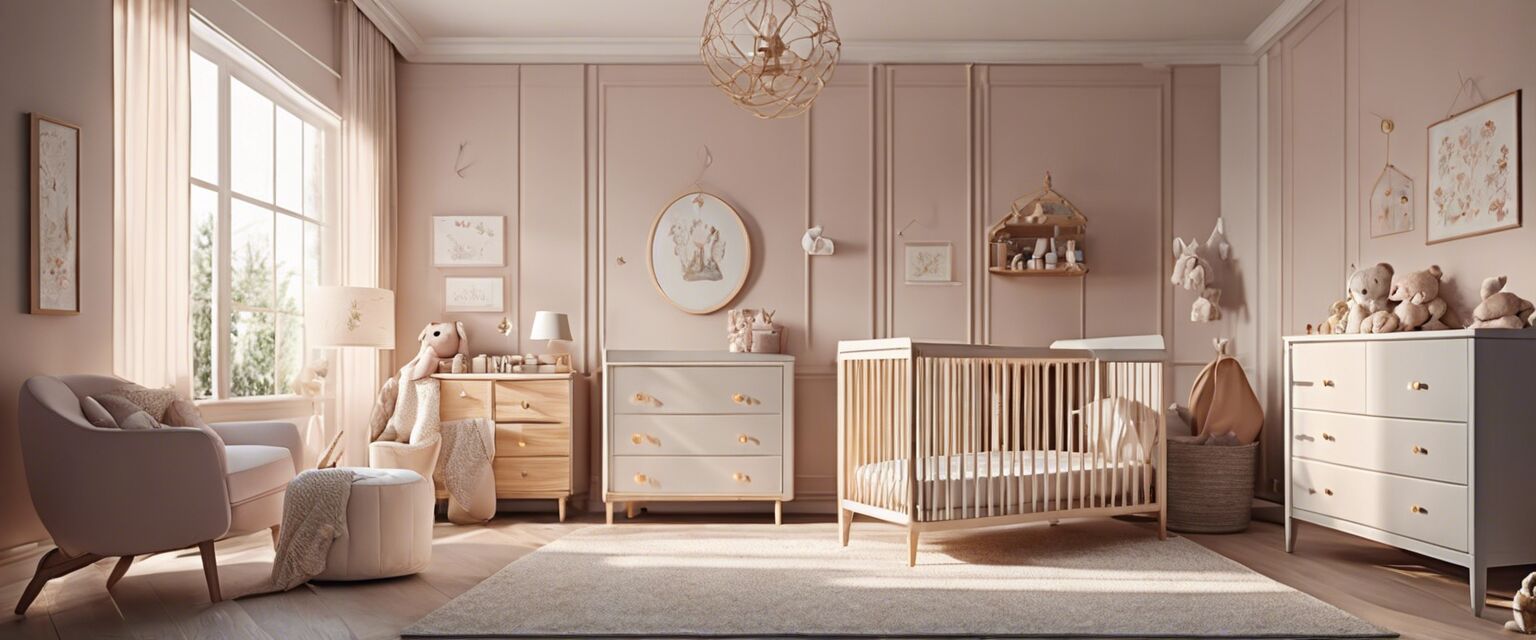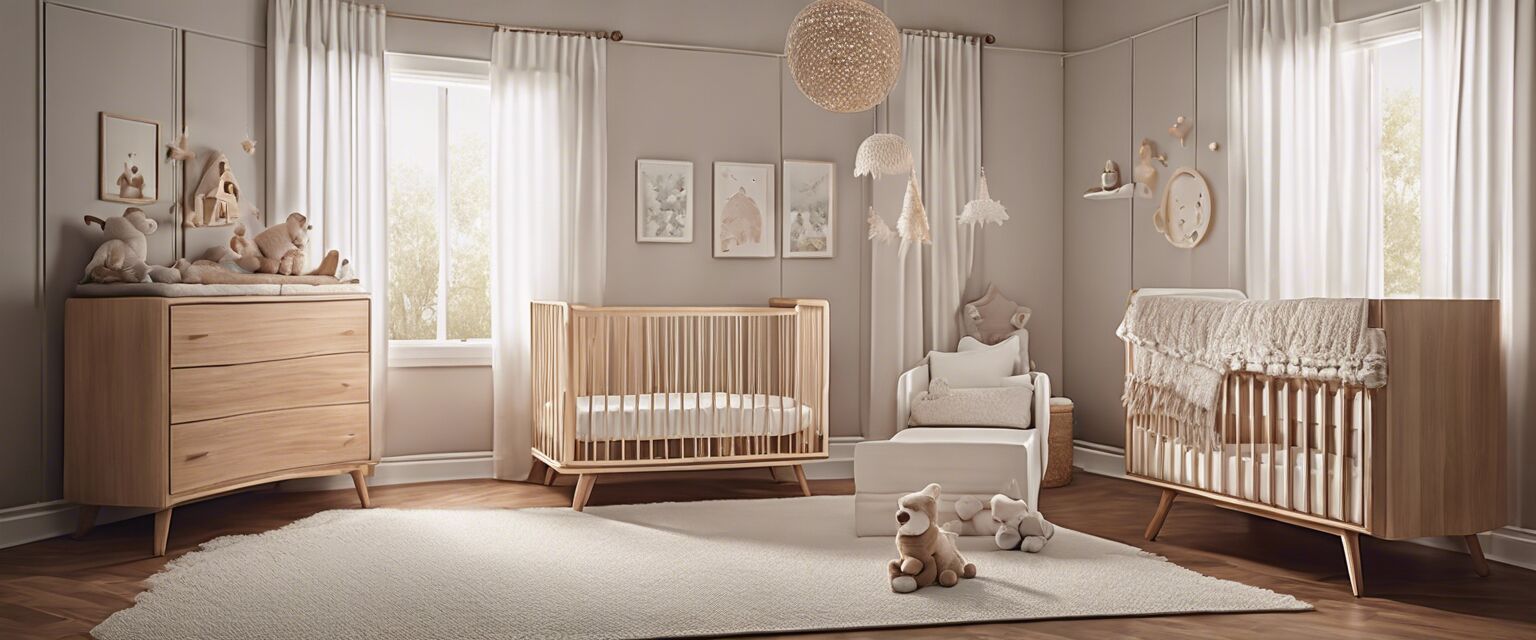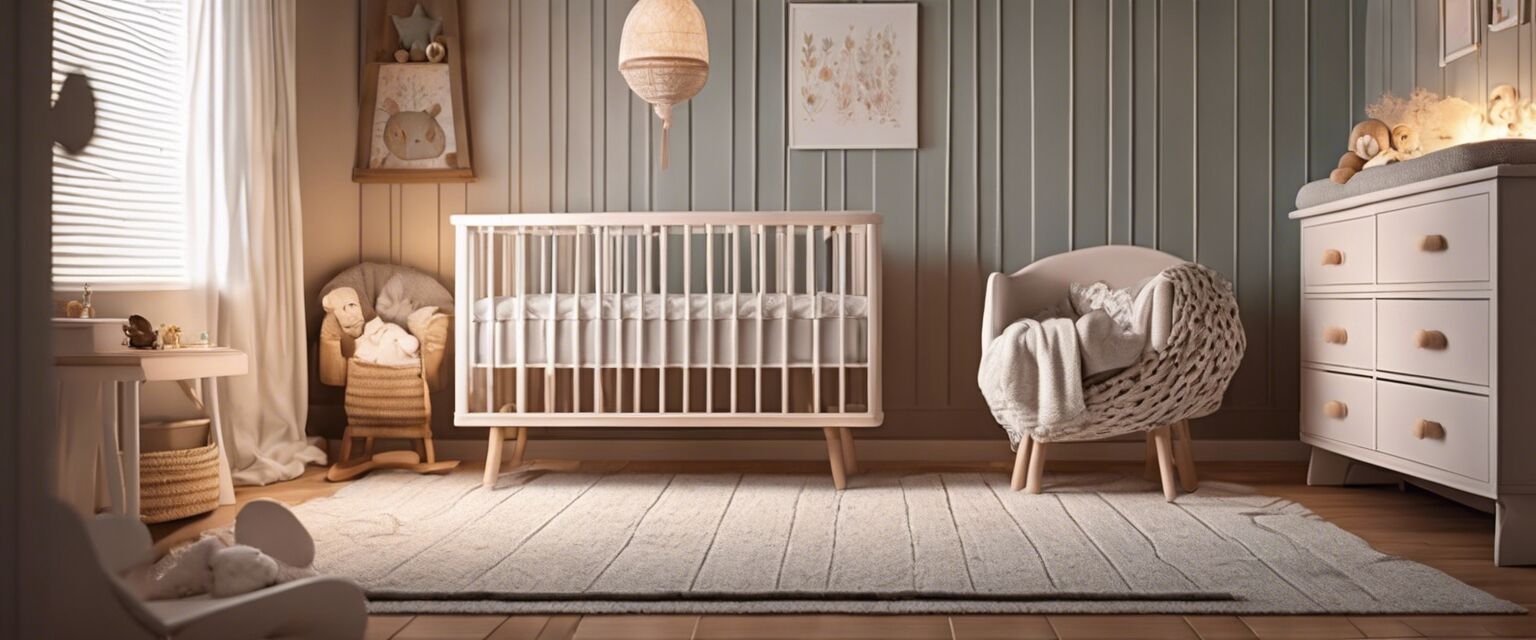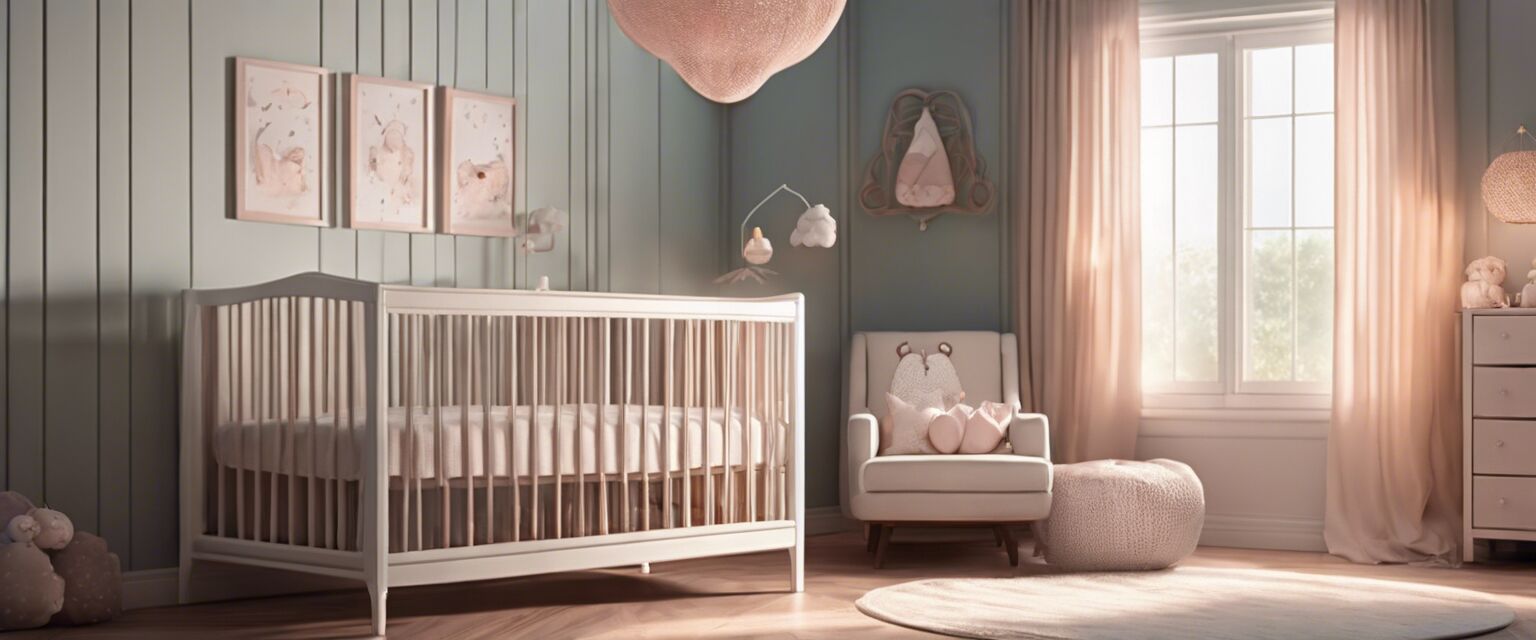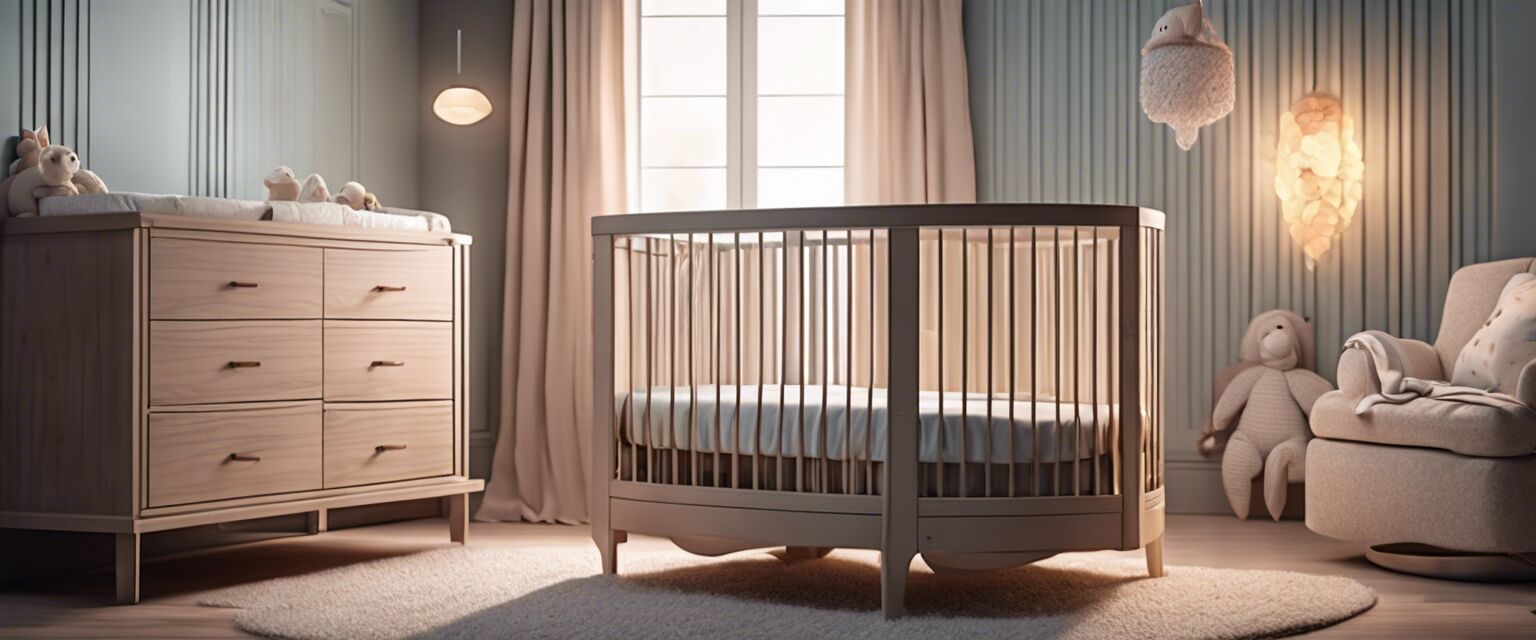
Safe sleep practices
Key Takeaways
- Always place your baby on their back to sleep.
- Ensure a firm mattress and avoid soft bedding.
- Keep the crib free from toys and loose items.
- Room-sharing without bed-sharing is recommended.
- Maintain a comfortable room temperature to avoid overheating.
Safe sleep practices are crucial for the health and well-being of infants. Following established guidelines can significantly reduce the risk of sleep-related incidents. This comprehensive guide will provide you with helpful insights into creating a safe sleep environment for your baby.
Understanding safe sleep
Understanding the fundamentals of safe sleep can prepare new parents for healthy sleep practices. The American Academy of Pediatrics (AAP) provides specific recommendations to ensure that infants have a secure sleeping environment. Below are the essential components for safe sleep:
| Component | Description |
|---|---|
| Back to sleep | Always place babies on their backs for all sleep times, including naps. |
| Firm mattress | Use a firm mattress with a fitted sheet; avoid soft surfaces. |
| Empty crib | Keep the crib free from pillows, blankets, and toys. |
| Room-sharing | Share a room with your baby for at least the first six months. |
| Temperature regulation | Avoid overheating; keep the room at a comfortable temperature. |
Common sleep practices to avoid
While some practices seem benign, they can pose risks to your infant's safety. Here are some practices you should avoid:
- Putting your baby on their stomach or side to sleep.
- Using soft bedding, including pillows, blankets, and bumper pads.
- Allowing the baby to sleep on an adult bed, sofa, or armchair.
- Co-sleeping with your infant, as it can lead to accidental suffocation.
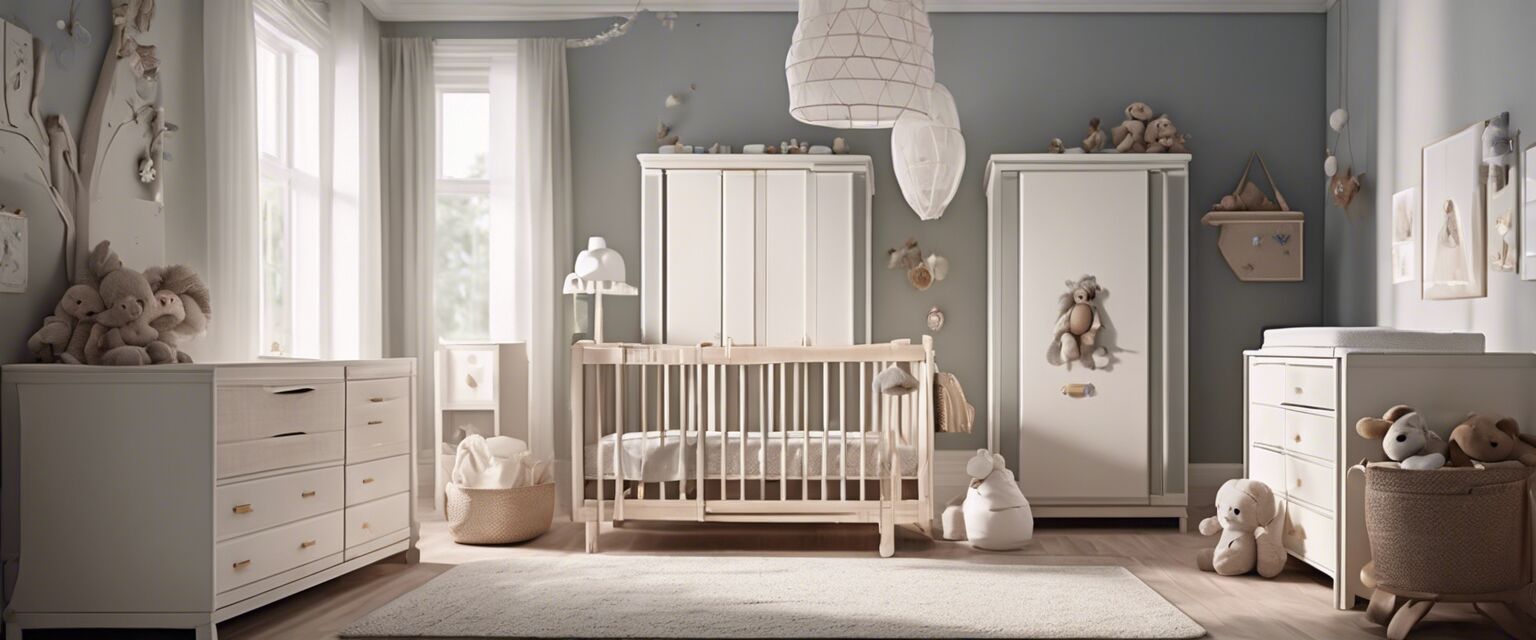
Importance of room-sharing
Room-sharing can provide a safer sleep environment. Hereâs why:
- Promotes easier nighttime breastfeeding.
- Allows for better monitoring of the baby during the night.
- Reduces the risk of sleep-related incidents by keeping the baby close.
Creating a safe sleep environment
To ensure a secure sleeping space for your baby, consider the following:
- Choose a crib or bassinet that meets current safety standards.
- Use a tight-fitting, firm mattress without any soft materials.
- Dress your baby in appropriate sleep attire, such as a sleep sack.
- Keep the sleeping area away from windows, curtains, and cords.
- Regularly check for recalls or safety notices on baby products.
Pros
- Decreases the risk of Sudden Infant Death Syndrome (SIDS).
- Creates a peaceful and secure sleep environment for your baby.
- Enhances parental peace of mind while monitoring the baby.
Cons
- Requires vigilant adherence to guidelines.
- May involve discomfort for parents wanting to co-sleep.
The role of sleep products
Various products designed for babies can enhance the safety and comfort of their sleep environment. Below are some essential categories:
| Product Category | Description | Features to Look For |
|---|---|---|
| Cribs & Bassinets | Safe sleeping furniture for your baby. | Sturdy, stationary sides, and compliant with safety standards. |
| Mattresses & Bedding | Comfortable sleeping surfaces. | Firmness, breathability, and safety certifications. |
| Night Lights | Provide soft lighting during nighttime checks. | Low-wattage, warm light, and no sharp edges. |
| Sound Machines | Can create soothing white noise. | Variety of sound options, volume control, and safety-tested designs. |
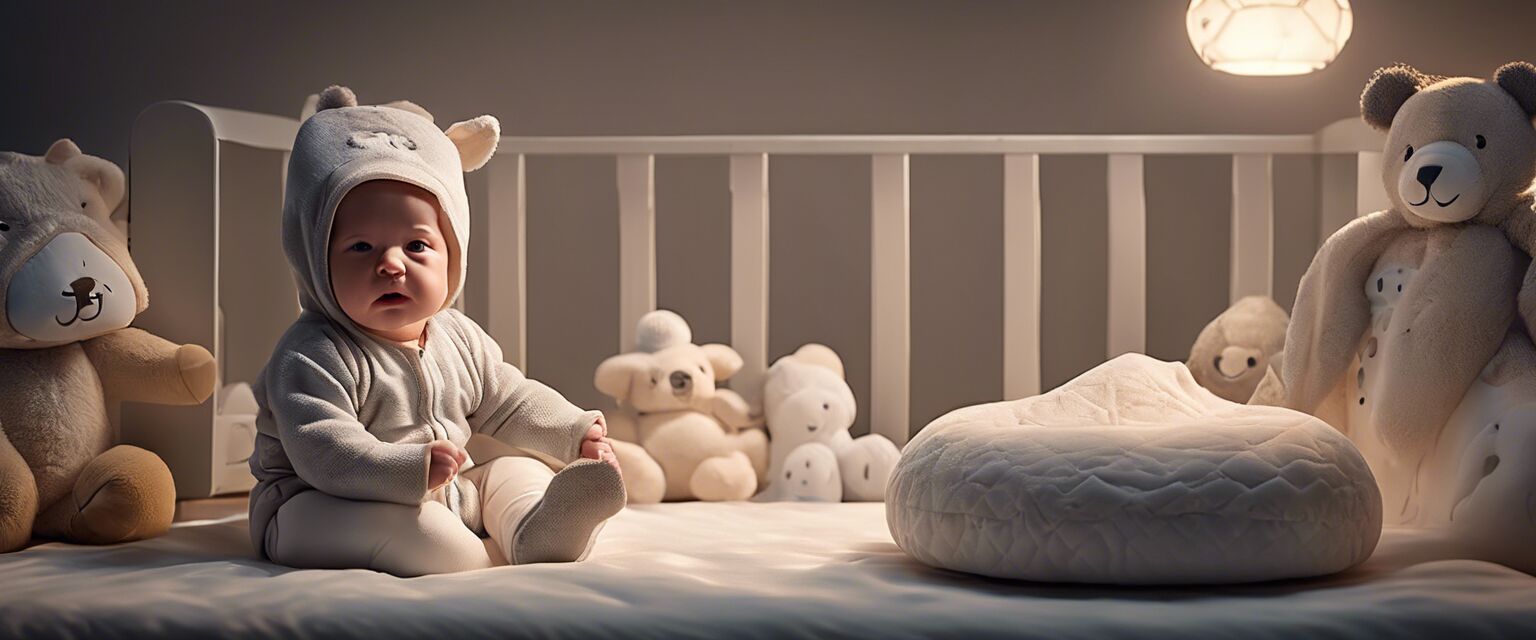
Conclusion
Safe sleep practices are pivotal in ensuring the well-being of your infant. By adhering to established guidelines and using proper sleep products, you can create a secure sleeping environment. Remember, itâs never too late to adopt safe sleep practicesâstart today for a happier, healthier sleep experience for your baby!
Tips for New Parents
- Join a local parenting group for support and shared experiences.
- Read through the latest safe sleep literature to stay updated.
- Consult with your pediatrician for personalized advice.
- Practice safe sleep with consistency for best results.
